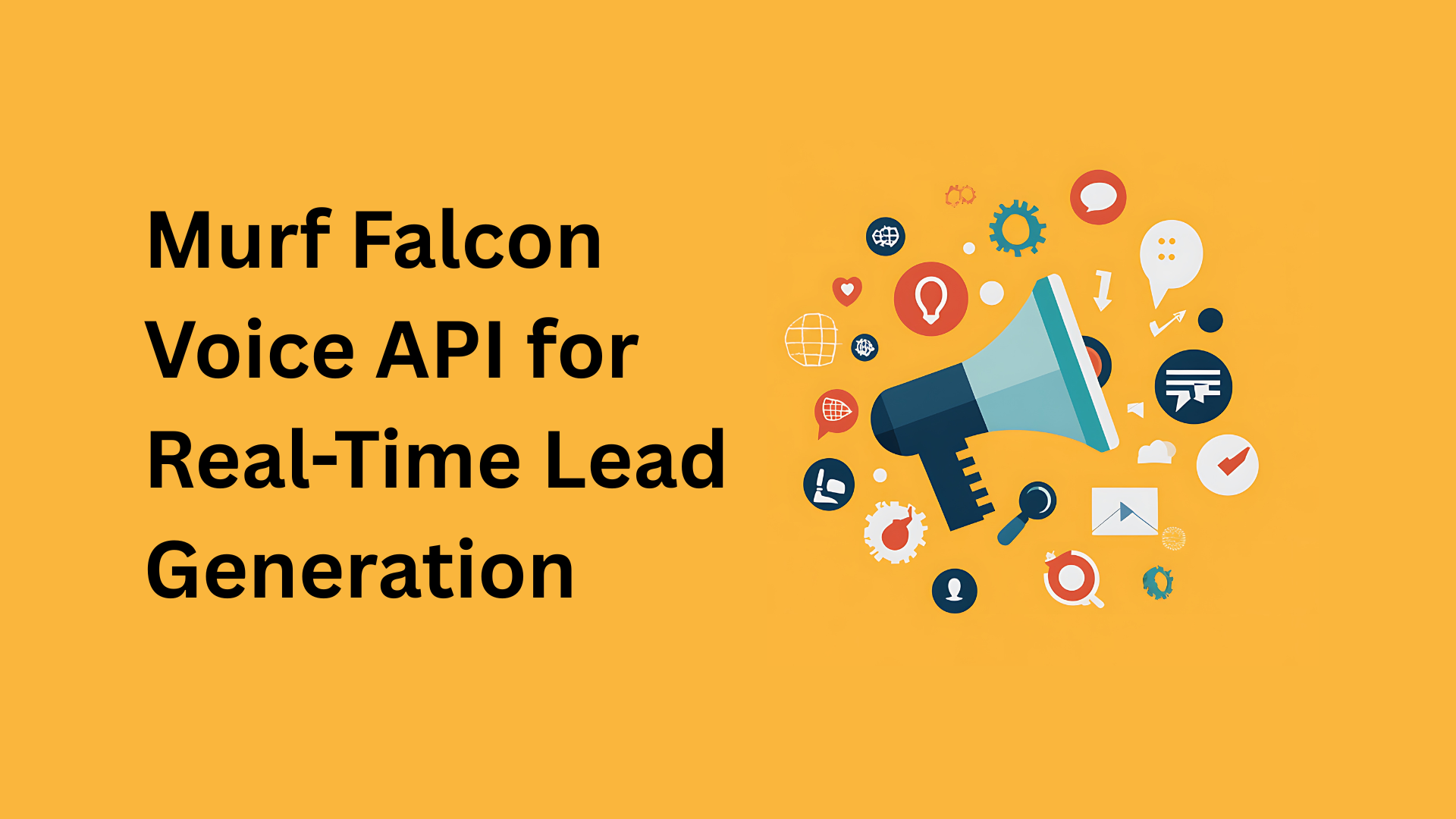From Data to Action: Leveraging Analytics for Smarter Marketing Decisions
In today’s rapidly evolving digital landscape, marketing strategies are no longer based on intuition alone. With the vast amounts of data generated daily, businesses have a unique opportunity to make smarter, more informed decisions.
Leveraging analytics in marketing allows organizations to move beyond guesswork and tap into actionable insights that drive growth, engagement, and profitability.
Analytics transforms raw data into valuable knowledge, enabling marketers to understand consumer behavior, optimize campaigns, and deliver personalized experiences at scale.
As a result, the ability to harness data effectively is no longer optional but essential for staying competitive. From customer demographics to web traffic, social media interactions, and sales data, analytics provides a comprehensive view of how marketing efforts are performing and where improvements are needed.
It empowers businesses to segment audiences, predict future trends, and ultimately make decisions that are not just based on gut feeling but on concrete evidence.
By turning data into action, companies can fine-tune their strategies, maximize ROI, and build stronger, more meaningful relationships with their customers. The use of conversation intelligence software allows businesses to analyze customer interactions, uncover key insights, and refine their approach. This shift toward data-driven decision-making is shaping the future of marketing, making it smarter, more efficient, and far more impactful than ever before.
Understanding Marketing Analytics
Marketing analytics refers to the process of collecting, measuring, and analyzing data to improve marketing strategies and decision-making. It helps marketers make sense of large volumes of data from various sources, such as customer interactions, campaign performance, and market trends.
One essential component of marketing analytics is data visualization, which allows businesses to present complex datasets in a clear, graphical format. By leveraging visual insights, companies can identify patterns, track key metrics, and enhance decision-making to drive better marketing results.
The primary types of marketing analytics include:
Descriptive analytics: Focuses on understanding past performance. It answers questions like “What happened?” by providing insights into metrics such as website traffic, customer engagement, and sales conversions. Descriptive analytics: Focuses on understanding past performance. It answers questions like “What happened?” by providing insights into metrics such as website traffic, customer engagement, and sales prospecting conversions.
Diagnostic analytics: Explores why certain events occurred. It goes deeper into performance data to reveal underlying causes, helping marketers identify what worked and what didn’t in past campaigns.
Predictive analytics: Uses historical data and statistical algorithms to forecast future trends. It predicts customer behavior, helping marketers anticipate demand, identify high-value prospects, and optimize future campaigns. For instance, Sacramento courier services leverage predictive analytics to optimize delivery routes, ensuring faster and more efficient package distribution.
Prescriptive analytics: Goes a step further to recommend actions. It provides actionable insights on what steps to take to achieve specific marketing objectives, such as maximizing ROI or improving customer retention.
Key data sources in marketing analytics include customer data (demographics, preferences, behaviors), campaign performance metrics (ROI, engagement rates, MER), and external factors like market trends or competitor analysis. Leveraging these data points allows marketers to make informed, data-driven decisions.
Building a Robust Analytics Framework
A strong analytics framework is essential for deriving actionable insights from data and turning them into effective marketing strategies. The foundation of this framework starts with data collection. Marketers need to gather data from various sources such as CRM systems, website analytics, social media platforms, email campaigns, point of sale management software and customer feedback.
This data forms the base for all decision-making processes. Once data is collected, it’s critical to ensure its integration and cleaning. Data from different sources often comes in varied formats, and some may be incomplete or inconsistent. Additionally, utilizing real-time feedback can help streamline the integration and cleaning processes of diverse data sources.
A robust framework requires data integration tools that unify this data, ensuring that it’s accurate and reliable. Cleaning the data by removing duplicates, correcting errors, and filling in gaps is vital for generating valid insights.
To process and analyze the data efficiently, marketers must invest in technology and tools. Marketing automation platforms, AI-powered analytics tools, and machine learning models can help interpret large volumes of data quickly. These technologies facilitate predictive analytics, segmentation, and personalization at scale, empowering marketers to make data-driven decisions in real-time.
Ultimately, a well-structured analytics framework ensures that marketing teams can collect, integrate, and analyze data seamlessly, turning raw information into actionable insights that drive smarter, more effective marketing decisions.
Translating Insights into Actionable Strategies
Once marketing data is collected and analyzed, the next crucial step is translating insights into actionable strategies that drive results. Analytics, combined with top behavior analytics tools like Fullstory, provide a deeper understanding of customer behavior, campaign performance, and market trends, which can be leveraged to enhance marketing efforts.
Customer segmentation and targeting is one of the most effective ways to apply analytics. By using data to identify distinct customer groups based on demographics, preferences, or behavior, marketers can craft tailored campaigns that resonate with each segment. This personalized approach increases engagement and conversion rates.
Personalization and customer experience are also significantly improved through insights derived from analytics. By understanding customer behavior across various touchpoints, companies can deliver relevant content, product recommendations, and promotions. For example, predictive analytics can suggest products a customer is likely to buy, increasing both sales and customer satisfaction.
Performance optimization is another key area where analytics plays a vital role. Marketers can utilize A/B testing, multivariate testing, and real-time tracking to evaluate the effectiveness of different strategies.
By analyzing which versions of ads, emails, or landing pages perform best, companies can quickly adjust and improve their tactics, maximizing ROI. This continuous refinement ensures marketing campaigns are agile, cost-effective, and aligned with business goals. Moreover, integrating material traceability allows businesses to track the use of specific resources within these marketing campaigns, such as paper for brochures or components for promotional giveaways.
As marketers move from surface-level reporting to applying data insights in real time, creative analytics tools have become increasingly valuable. Superads developed by creative agency Superside, is one such platform that helps teams go beyond performance metrics to understand what actually makes a creative succeed. By analyzing ad components like emotional tone, visual layout, copy structure, and value propositions across platforms like Meta and TikTok, it gives teams a clearer sense of what resonates with audiences. These insights can then be used to guide campaign optimization, A/B testing, and concept development with greater accuracy and speed.
Overcoming Challenges in Marketing Analytics
While marketing analytics offers immense potential, several challenges can hinder its effective application.
Data Privacy and Compliance
With the growing concern over personal data protection, adhering to privacy regulations such as GDPR and CCPA has become a major challenge for marketers. Strict rules about data collection, storage, and usage require businesses to adopt transparent practices and maintain a comprehensive privacy policy. Marketers must ensure that they have the necessary consent to collect and use data and invest in secure data management systems to prevent breaches.
Interpreting Complex Data
Marketing data is often voluminous and complex, making it difficult for marketers to draw actionable insights. Bridging the gap between data analysts and marketing teams is crucial.
Analysts must present data in a digestible, understandable format, while marketers need to interpret insights and apply them to strategy effectively. Clear communication between these roles is vital for turning raw data into impactful campaigns.
Resource Limitations
Many organizations struggle with limited budgets and a lack of skilled personnel to fully utilize marketing analytics tools. Smaller businesses, in particular, may find it challenging to invest in expensive analytics software or hire data specialists. To overcome this, companies can consider affordable analytics tools, invest in employee training, or work with external experts to maximize their data capabilities.
These challenges require strategic planning, ongoing education, and investment in the right tools to truly harness the power of analytics in marketing.
Case Studies and Success Stories
In the world of marketing analytics, numerous businesses have leveraged data to drive smarter decisions and achieve significant success. Here are a few notable examples:
Netflix
Netflix uses sophisticated analytics to power its content recommendations and personalization algorithms. By analyzing user behavior, viewing patterns, and preferences, Netflix has built a recommendation engine that drives user engagement and retention. This data-driven approach has been a critical factor in Netflix's growth, as it tailors content to individual users, leading to higher satisfaction and reduced churn.
Amazon
Amazon utilizes predictive analytics to enhance customer experience and drive sales. By analyzing browsing history, past purchases, and even search trends, Amazon can suggest products to users with remarkable accuracy, boosting conversion rates. Additionally, their supply chain is optimized using real-time data, ensuring efficient inventory management and faster delivery times. Partnering with an Amazon marketing agency can further help brands maximize visibility and tailor strategies that align with Amazon’s data-driven ecosystem.
Coca-Cola
Coca-Cola’s use of analytics in marketing campaigns is another success story. The company integrated data from social media, mobile apps, and customer interactions to create highly targeted and personalized campaigns. Their “Share a Coke” campaign, which featured customers' names on bottles, was based on deep insights into consumer behavior and demographics, leading to a massive increase in sales and brand engagement.
These cases illustrate the power of analytics in shaping effective marketing strategies, improving customer experience, and driving tangible business outcomes.
Future Trends in Marketing Analytics
The future of marketing analytics is being shaped by emerging technologies and evolving customer expectations, leading to more sophisticated, efficient, and ethical marketing practices.
Emerging technologies such as Artificial Intelligence (AI) and machine learning (ML) are at the forefront, enabling more precise predictive models and personalized marketing.
AI-powered tools can analyze vast amounts of data faster and more accurately than humans, offering deeper insights into customer behavior and forecasting trends. Predictive analytics, for example, allows businesses to anticipate consumer needs and optimize campaigns before they launch, reducing wasted resources and maximizing ROI. Another powerful tactic we’ve seen is creating explainer videos — concise, data-driven video content that demystifies complex products or services, boosts audience understanding, and improves engagement.
Ethical data usage is becoming a critical consideration. As data privacy concerns continue to grow with regulations like GDPR and CCPA, marketers will need to balance personalization with consumer consent and transparency. Ethical practices around data collection and analysis will be integral to maintaining customer trust in the digital landscape. For businesses like a pilates studio management platform, leveraging AI-driven analytics can optimize customer engagement and retention strategies.
Additionally, there’s a significant shift toward omnichannel analytics. Marketers are increasingly expected to unify data from various touchpoints—social media, websites, in-store interactions—into a cohesive strategy. This 360-degree view of the customer allows for more consistent and relevant engagement, leading to improved customer loyalty and conversion rates.
As these trends develop, businesses that embrace advanced technologies and ethical data practices will be better positioned to lead in the competitive, data-driven marketing world.
Conclusion
In conclusion, leveraging analytics for smarter marketing decisions is no longer just an option—it’s a necessity for businesses striving to stay competitive in a data-driven world.
By transforming raw data into actionable insights, companies can better understand their customers, optimize their marketing efforts, and drive more personalized, targeted strategies.
From segmentation and performance optimization to real-time adjustments, analytics empowers marketers to make informed decisions that lead to improved customer experiences and higher ROI.
However, it is important to recognize the challenges that come with data analytics, including privacy concerns, data interpretation, and resource limitations. Addressing these obstacles with the right tools, strategies, and expertise will ensure that businesses can harness the full potential of their data.
Looking ahead, the future of marketing analytics is bright, with advancements in AI, machine learning, and omnichannel strategies paving the way for even more sophisticated insights.
In a landscape where customer expectations are ever-evolving, staying ahead of the curve requires a continuous commitment to data-driven decision-making. By embracing analytics, businesses not only improve their marketing effectiveness but also position themselves for sustainable growth and success in an increasingly competitive market.










